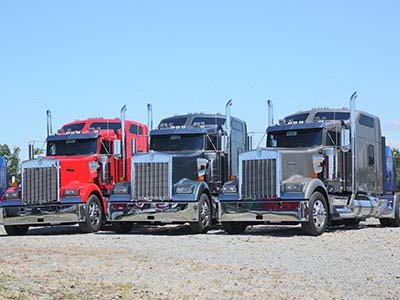
Collin Long, the director of government affairs at the Owner-Operator Independent Drivers Association (OOIDA), recently testified at the House Subcommittee on Oversight and Subcommittee on Environment’s hearing “Examining the Underlying Science and Impacts of Glider Truck Regulations.”
Glider kits are new, assembled truck or tractor parts that combine a remanufactured powertrain with the newer parts producing a fully operational vehicle.
“Glider kits are appealing to our members because they are at least 25 percent less expensive than new commercial motor vehicles,” Long said. “These savings translate to tens of thousands of dollars when you consider the cost of a new truck can approach $250,000. Unlike large, corporate motor carriers, who typically purchase new trucks in bulk and enjoy reduced prices, single truck operators have little to no leverage in negotiating prices when purchasing new vehicles. Operating on the slimmest of margins, owner-operators have turned to glider kits as a means to remain competitive and solvent. These cost savings allow the industry’s safest drivers to remain viable and stay on the road.”
Federal emission reduction standards have increased the price of new trucks between $50,000 and $70,000 since 2002, Long said. This has made new trucks prohibitively expensive for small businesses, Long said, so business owners are purchasing glider kits to manage costs.
“Exempting these vehicles from Phase 2 regulations will continue to provide our members affordable and reliable options when purchasing new or used trucks,” Long said. “While glider kits provide appealing cost savings for drivers, they are also reliable, efficient, and meet all of the required safety standards necessary for operation.”